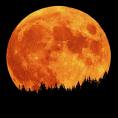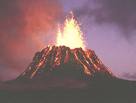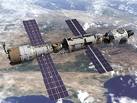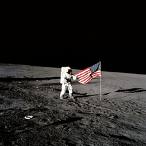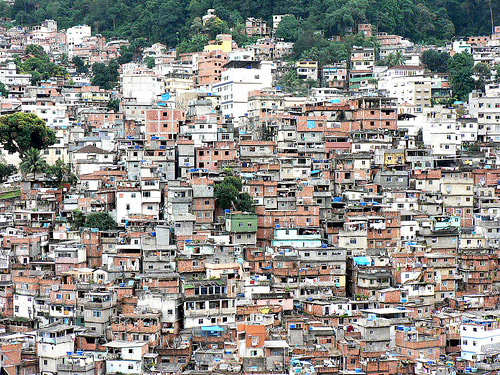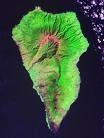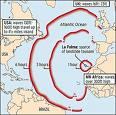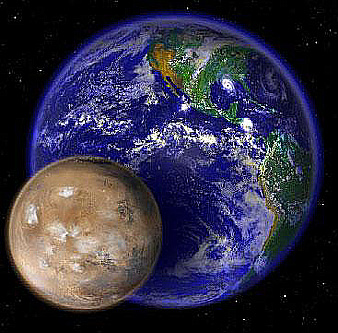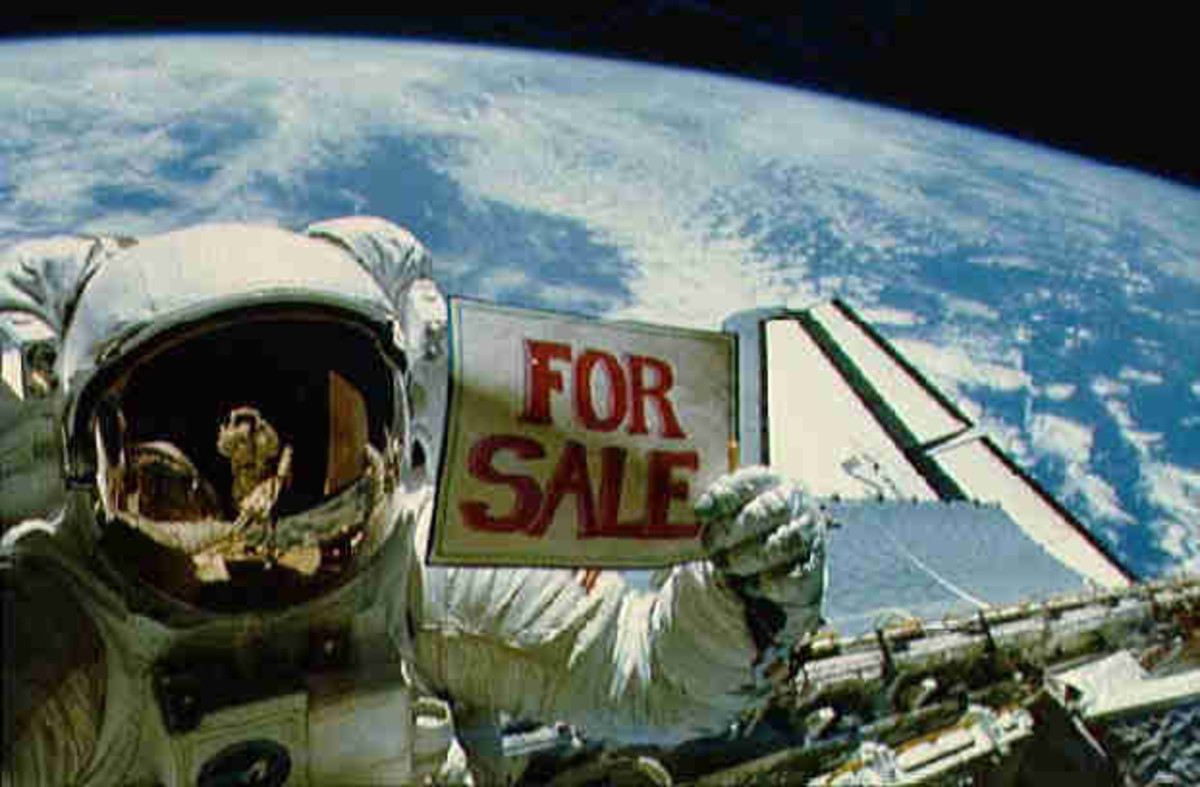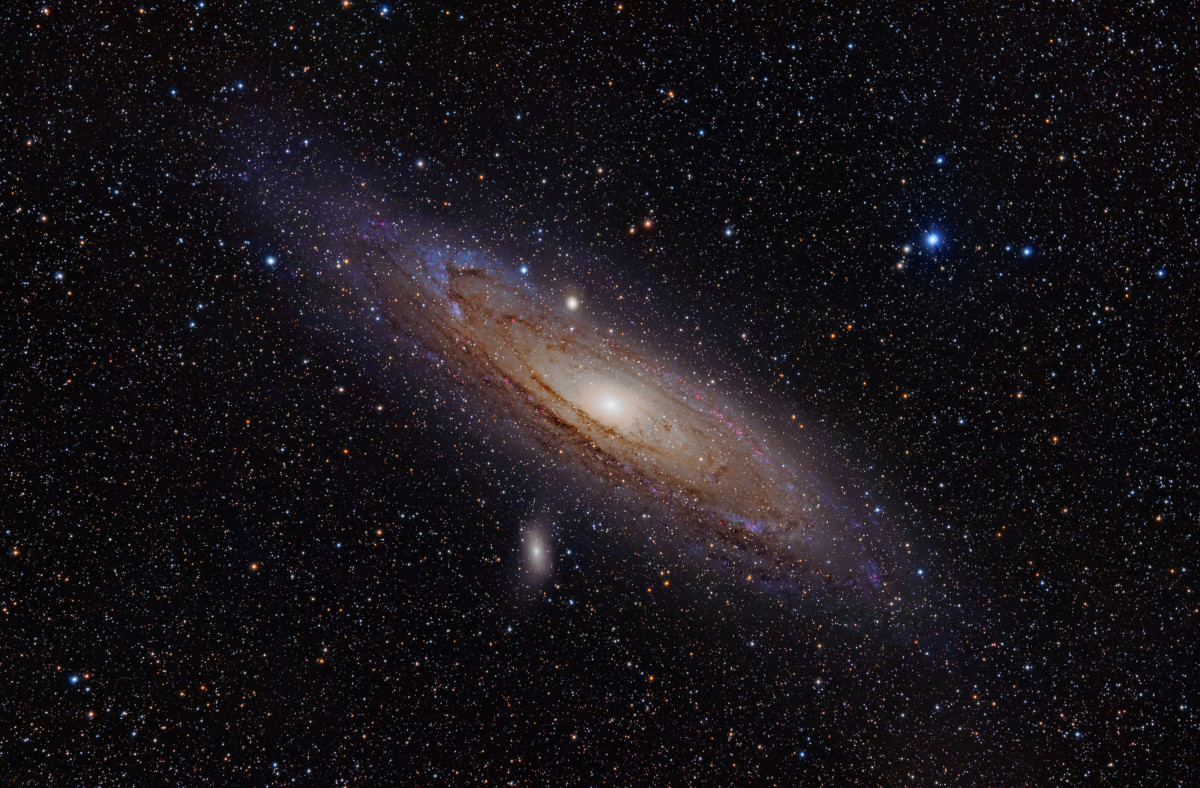An Overcrowded World Seeks Space in "Space."
An empty moon awaits man?
Click thumbnail to view full-size









I'll Take a Water-Chaser, Moon Man!
.
Scientists crash satellite and mother-ship tonight!! (Oct 9) We will see if sufficient water exists in ice to support life.
Mars now found to be much wetter, too
Space might be our only hope.
Should we be the real Man on the Moon?
There has to be a point in the not-too-distant future when mankind will have reached the maximum number this planet will support, a figure that has already been well exceeded, as far as all living in comfort is concerned. At present, births outnumber deaths, but the difference is shrinking. No animal in the past has been able to exceed its optimum populations for long without destroying itself and becoming extinct, or shrinking back to a more manageable size. One reason for that is as a species becomes more successful, so do its predators: man is not threatened by many animal predators that we can’t control, but we are by pathogens: bacteria, virus and fungi, to name the most common. As we take up more space on the planet, shuttling around the continents by car and plane, so do the microbes come with us to find new territories themselves. This is the so called “Viral Bridge.” We have only to look at the outbreak of swine flu that spread around the world in weeks to see the truth in this. And many other diseases wait in the wings, some we thought we had all but eradicated a few years ago such as tuberculosis, cholera; various other zoonotic (spread from animal vectors, such as mosquitoes) plagues, as well as the aforementioned influenza.
Most of us have been able to live at safe distances from natural hazards such as volcanoes, flood plains, earthquake fault zones and extreme climatic zones. But as we need more and more space to thrive, we have to occupy less desirable terrain, much of it in danger from the above hazards. This means an erupting volcano, such as Popocatepetl, near Mexico City and Puebla could kill millions, especially in the latter city, only 30 km from the mountain. And hurricane flooding takes many lives of the poor living in shanty towns in flood-plain and mud-slide danger areas.
As we increase, our burgeoning need for sustenance is putting an impossible strain on our resources of crops and marine life.
We see now refugees from political strife, starvation and disease in camps around the world or struggling to enter first-world countries, themselves barely able to feed and find work for their own citizens. The result of this are continuous minor wars and terrorism, all taking their toll of mainly innocents caught up in the conflicts.
Despite the need to share the disappearing resources of food, water and land, the wealthy and powerful continue to greedily exploit the situation for their own ends, using the press, media and law-enforcement to conserve that which they, or their ancestors, have basically stolen from the rest.
Despite the fact we have long past the optimum number of humans able to live in comfort with a decent quality of life, we keep on having more children, especially in the countries who can afford this the least. The Chinese now have around 1.4 billion people and are the major polluters of the world, alongside America and Europe. (India now has 1.1 billion). We seem doomed to expand until we reach the numbers mentioned earlier in this hub as no politician seems able to take on the dictates of evolution and proscribe severe population control; even if they did, as China has half-heartedly tried, it is doubtful it would work, our drive to procreate is too deeply ingrained in our DNA. We must ask, why is evolution itself so blind as to continue to allow a species to be obsessed by sex and continue breeding until it becomes choked in its own masses? That might have been a question for Charles Darwin if he was still around.
It was with huge interest I saw the September 24, 2009, news about discovering that the moon had much more water that previously thought. Could this be the new United States, Canada, Australia, able to support many billions of people? Surely we must now look into Space for the future - any future - mankind may have. Isn’t it long past time that Muslim, Jew, Arian: black, brown, yellow and white man, pooled their scientific resources; stopped this endless, suicidal bickering over some doubtful religion or other, and reminded themselves that “God, (any god) helps those who help themselves?”
I mean, imagine you were the creator of everything, would you gaze down in pleasure to see your little, perhaps most complex creation, man, running mindlessly around, killing one another and filled with all sorts of destructive neurosis? Wouldn’t you be more likely to frown, say, “Heck, I really screwed up here,” and let us go to the wall, (or even speed up the process!?). But if you saw us putting down our knives and guns, uniting in the common good and making real plans to travel to the stars - or at least the moon for now - wouldn’t you be more inclined to help - seed an idea in some genius to allow us to travel at the speed of light, for example, or even reveal the secret of the loaves and fishes for the time being?
Well, I would!
Notes.
Perhaps the greatest danger man faces in the future from natural disasters will be that of volcano-fuelled tsunamis. We have wanted to live by the sea and built huge, populous cities all over the world. A tsunami is not so limited by distance as are volcanoes themselves, earthquakes and hurricanes, etc. For example, New Yorkers and others in mega cities on the eastern coast of the United States sleep easily at night; if they think about earthquakes at all, they imagine the threat to be thousands of miles away in California where the San Andreas fault lies beneath the coastal cities of San Francisco and LA. And the volcanoes, too, are well to the west where Mount St Helens erupted with such power in the 1980’s.
In fact, the threat to New York and it seaboard lies in the other direction, at the other side of the Atlantic where the lovely Canary island of La Palma slumbers in the African sunshine. Scientists worry that quite a small eruption of the island’s volcano, Cumbre Viejo, might cause the collapse of the mountain’s unstable west flank, allowing millions of tons of rock to crash into the ocean. In the worse case scenario of the event, a “mega-tsunami” with an initial wave of more than 600 meters high might be generated.
Moving at more than 500 miles per hour, the wave would subside over open ocean and rear up again to about 50 meters high as it hit shallow water then land on the US mainland, travelling about 20 kilometres inland before being halted by higher ground.
One can only imagine the devastation caused by this nightmare wave as there would not be enough time for adequate warning, never mind an evacuation. Meanwhile, the threatening mass of rock has slipped downwards by 4 meters during a recent eruption.
Well, New Yorkers, buy a flat on the 6th. Floor and above, if the building isn’t compromised, you might be OK. Better still, move to Kansas!
The Red Planet. The Times this week said the Moon is not the only body in the solar system that is wetter than scientists had thought, they have also discovered this week that Mars has much more water beneath its surface than was previously known.
Observations of five new Martian craters carved by meteorites have revealed large quantities of water ice, exposed when soil and rock were blown away by the impacts.
While underground Martian ice has been detected before, the new craters where the latest deposits have been found lie roughly midway between the planet’s north pole and its equator, at easily the lowest latitude where it has so far been discovered.
Home base on the moon and then Mars is maybe the plan!

